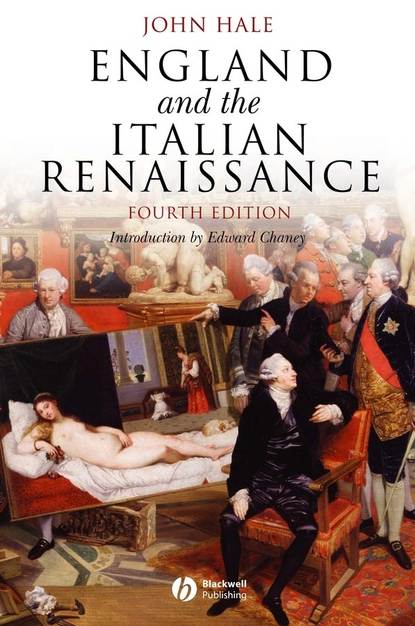Это четвертое издание классической работы сэра Джона Хейла «История Англии и итальянского Возрождения» включает подробное введение Эдварда Чейни, в котором освещаются научные достижения с момента первой публикации книги. Четвертое издание классической работы сэра Джона Хейла «История Англии и итальянского Возрождения», впервые опубликованной в 1954 году. Основное внимание книги к фундаментальным вопросам и опора на малоизвестные первоисточники обеспечивают ее значимость как важного вклада в историческую науку. Ясное, хронологическое повествование, написанное прекрасным языком. Дает важное понимание эпохи, проливая свет как на британскую, так и на итальянскую культурную историю. Четвертое издание включает новое введение Эдварда Чейни, эксперта по англо-итальянским культурным связям. Чейни обозревает исследования последних 50 лет и предоставляет обновленную библиографию.
This fourth edition, authored jointly with Sir John Haley, remains the only scholarly treatment of the great transition that began in Italy and made its way across the Channel to reshape England's cultural, political and social landscape during the late Middle Ages and early Renaissance.
Edward Chaney's portrait of Italian influence upon England is founded on his belief that the period encompassed in this history is not just an interesting episode in English history but a crucial one that incubated ideas and institutions that later informed a more complex and heterogeneous political system. Sir John Haly emphasizes the key place of worldly stressors, though economic factors and relations with Italians explains the shifting boundaries between church and state, divine law and secular mores in England after the middle ages. Notably, scholars like Erna Bergan and Peter Reinert have approached the study of English-Italienese relations from different research angles.
Chaney bravely pages through increasing instability in the thirteenth century; the obvious loss of life and physical deterioration brought about by a plague at sea which ravaged the world for decades. Even more alarmingly for England, a formidable invasion from Scotland, Norman Newfoundland's military regime making peace with Edward I (1272) and French knights restored Guyenne around the English king's backdoor, an unexpected development which would lead to diplomatic, military and economic collisions with France in the few decades before the Hundred Years' War.
Although it was English expansion that had catalyzed the establishment of Flanders as a hereditary possession of his older brother, Edward III (1337) failed to its dominions and found himself weak due to young age and queenly advice. Eventually he won the Battle of Crécy in 1346, but meanwhile he lived with the specter of dismemberment, impended marriage to a French princess who might have being able ot subdue it or dissolute it or at least augment his territories. Evaluating the pros and cons of invading MSI could prove crucial in determining what sort of Italy emerged out of the long and violent transitions which rendered little princes powerless.
#историческая литература
#общая история
